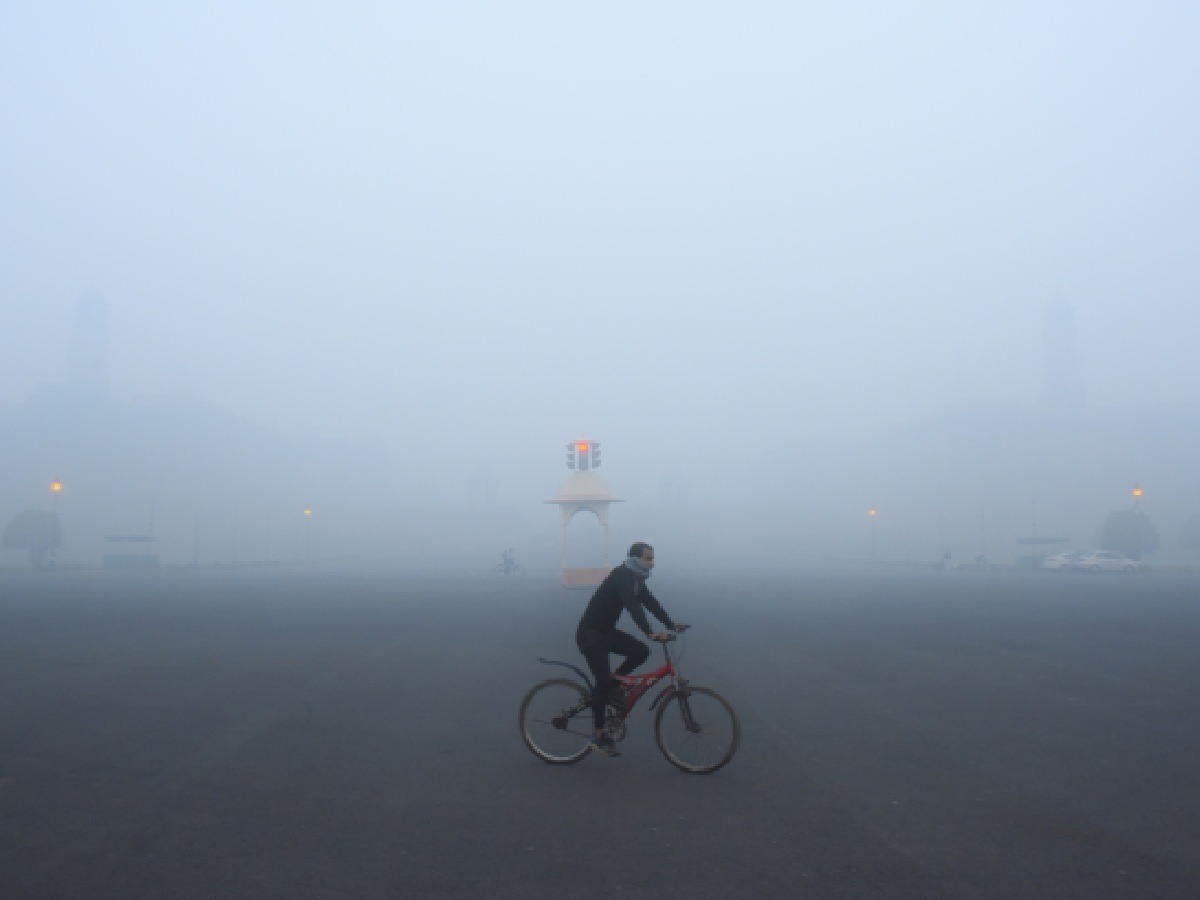
Delhi Pollution: As the national capital grapples with an air pollution crisis, experts question the effectiveness of anti-smog guns and misting machines in addressing the root cause of the problem.
Speaking to Patriot, Bhavreen Kandhari, environmentalist and co-founder of ‘Warrior Moms’, described anti-smog and misting machines as “quick fixes” that address the symptoms rather than the root causes of air pollution. Drawing parallels with smog towers and sprinklers, she highlighted that these machines are most effective in pollution hotspots like construction sites, industrial areas, or specific pockets with high particulate concentrations.
However, Kandhari pointed out that their effectiveness is short-lived, as the mist dissipates quickly, allowing particulates to re-suspend in the air. This issue becomes more pronounced in windy conditions or areas with continuous emissions.
Also read: Delhi’s fight against pollution hit by staff shortage
She also stressed the localised nature of these machines, explaining that their impact is typically confined to just a few metres around their deployment. This limitation makes them inadequate for addressing widespread smog issues in urban settings. Kandhari argued that the machines provide only marginal benefits in specific scenarios and do not offer a sustainable long-term solution for improving air quality.
Instead, she emphasised the need for systemic reforms to combat air pollution. According to Kandhari, stricter emission controls, urban greening, biodiversity conservation, and transitioning to clean energy sources are essential for addressing the underlying causes of pollution. While anti-smog machines can serve as supplementary tools, she said they must be part of a broader, more sustainable strategy.
To combat air pollution in the national capital, the Municipal Corporation of Delhi (MCD), New Delhi Municipal Council (NDMC), and Public Works Department (PWD) have deployed water sprinklers and tankers extensively, with 227 units currently in operation.
These sprinklers cover an average road length of over 1,974 km per day to reduce dust accumulation on roads. Additionally, anti-smog guns are being used to further mitigate pollution. A total of 110 anti-smog guns, including 42 mobile and 68 static units, have already been deployed in open areas and on roads, with plans to deploy 200 more mobile units, approximately 120 of which will be designated for road use.
Also read: Delhi’s Toxic Air: 1 in 3 children suffer from respiratory illness, nebulizer sales soar amid crisis
Anti-smog water guns have also been installed on 115 high-rise buildings, comprising 48 government-owned and 67 privately-owned structures. These efforts are part of a short-term strategy aimed at reducing dust and particulate matter in urban areas.
During a search of their vehicle, police found 1.068 kg of charas, 98 grams of…
The alleged assault is linked to a dispute over some staff members allegedly cutting the…
This will play a decisive role in providing villagers with legal proof of ownership and…
Hired to take care of his employer's dather, he had only begun working in the…
On Friday, Delhi's AQI stood at 374, with 11 of the 40 monitoring stations in…
Sharma said accident relief trains, along with top officials from the divisional headquarters, have already…